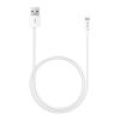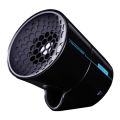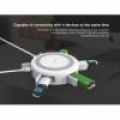Comparison Between AGC Glass And Tempered Glass
AGC glass was designed by a Japanese global glass manufacturing company AGC Kabushiki Gaisha. AGC Inc. is the largest glass manufacturing company in the world and, they partner with Mitsubishi for some projects.
The company specializes in the production of protective screen glass including dragon tail smartphone displays.
Tempered glass is manufactured by initially cutting it to size and then subjecting the glass to high temperatures in a tempering oven. The oven is heated to temperatures above 600 degrees Celsius, after which the glass is exposed to a blast of cold air for several seconds. The result of the tempering process increases the tension on the inside of the glass while creating compression on the surface of the glass. This results in a stronger glass material that does not scratch easily.
AGC tempered glass is manufactured using special tempering procedures unique to AGC Inc. which has been proven to be much stronger and bendable than regular tempered glass.
AGC tempered glass has been known to reach 9H hardness levels. This means that theoretically, nothing short of a diamond should be able to scratch the surface of the glass. This means that friction from everyday objects such as keys and other objects that you may place in your pocket would do very little damage to the surface of the glass. In addition, slight bends would also not crack the glass.
Generally speaking, not all tempered glass is the same.
The strength and scratch resistance, as well as the impact resistance of tempered glass, depends largely on the tempering princess and the coating.
For instance, Nillkin tempered glass screen protectors have an oleophobic oil coating which makes it resistant to stains from fingerprints during use. However, it is important to note that not all manufacturers include this coating in their products, and as a result, many high-quality products will not perform the same as other products.
Glass screen protectors are known for being much clearer. However, this clarity comes at a price: they tend to shatter and get damaged and cracked much more easily than their plastic counterparts. However, AGC glass protectors by Nillkin are usually made with a combination of materials that eliminate the disadvantages of each material.
Disadvantages of glass protectors
- They are really easy to crack.
- Once cracked, cracks tend to spread to the edges of the protector.
- Liquid glass protectors might injure the user.
- They cannot be reused if cracked.
- They do not offer as much impact protection as their plastic counterparts.
Advantages of glass screen protectors
- They look great on your smartphone. Sometimes, barely visible even.
- They do not usually retain fingerprint smudges.
- The 9H hardness makes the protector less likely to get scratched, especially by everyday objects.
- They can be easily molded to cover the entire screen of your smartphone, even with curved edges.
Advantages of AGC glass protectors over regular tempered glass
The major advantage AGC tempered Glass has over ordinary tempered glass is that it accentuates all these above-stated advantages of glass screen protectors while downplaying most of the disadvantages of glass protectors.- AGC tempered glass has excellent clarity and is barely noticeable when installed.
- It has excellent stain repellent properties.
- For smartphones with curved Edge screens, AGC tempered glass fits perfectly around all curves.
- It does not crack or scratch easily.
- it also has a coating that prevents it from shattering in the unlikely event that it cracks.













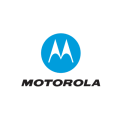





















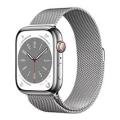
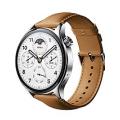
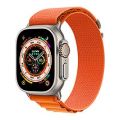
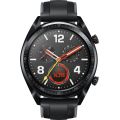
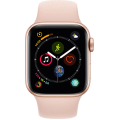
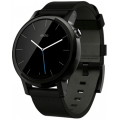
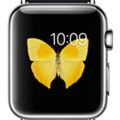
-120x120.png)
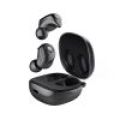
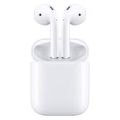
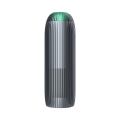

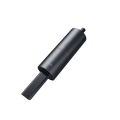
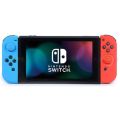

-120x120.jpg)
